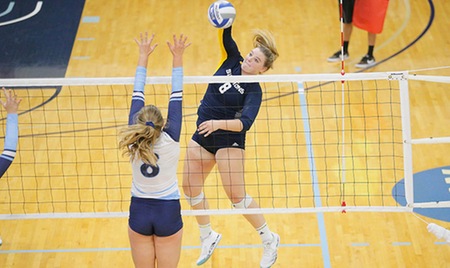By Roxanne Lee
Staff Writer
Recent lab studies have shown that stem cells derived from adipose tissue, also known as body fat, can be used to create cells to repair damaged parts of the body.
Adipose tissue is loose connective tissue made of adipocytes that serve multiple functions in the body. It stores energy in the form of fat, provides insulation from heat and cold, and forms a protective padding around organs, among other things. Fat is fairly complex, not only containing stem cells, but also blood vessels, pericytes, pre-adipocytes, immune cells, and epithelial cells as well.
Adipose tissue contains a lot of stem cells, or undifferentiated cells that can become other types of cells. Stem cells from embryos have gotten the most media attention recently, as they are most versatile, but their use is highly controversial, so science has looked for stem cells from other parts of the body to use instead. Bone marrow, blood, and fat have been some of the possible sources studied.
Stem cells in adipose were discovered in 2002 by UCLA researchers. Interestingly, adipose was found to contain even more stem cells than bone marrow, with one cubic centimeter of adipose having 100 times more stem cells than the same amount of bone marrow. This, combined with their ease of harvest, makes them a promising primary source of stem cells for research and bioengineering.
Adipose-derived stem cells can grow into bone, cartilage, muscle, or more fat. In 2013, scientists succeeded in turning fat stem cells into tenocytes, the cells that make up tendons. Fat stem cells have also shown that they can repair missing cartilage. The cells can be 3D-printed alongside gelatin, made of protein, in the specific size and shape needed.
The procedure has been used successfully to create cartilage implants for rabbits and goats. They can also accelerate healing by releasing growth factors, repairing torn muscle and damaged joints.
Finally, fat stem cells can be used to aid the body’s natural repair process for broken bones. Fat-derived stem cells can be incubated in a bioreactor on a scaffold and, after being given supplemental nutrients, grow into bone cells.
In 2004, German doctors used the stem cells derived from a seven-year-old’s fat and other tissues, and used it to repair damage to her skull. Since then, a few other human trials have been successfully run.
These results sound promising, and they are, but it doesn’t mean that we’ll be printing out replacement cartilage for hips and knees tomorrow, as nice as that would be. The process still has problems that need to be ironed out.
Tissue engineering is a very new field, and problems are still being worked out that affect all tissue engineering, not just engineering adipose cells. One of the biggest issues is getting the stem cells to grow into what we want, instead of another substance they’re capable of growing into. How to best harvest and preserve them outside the body are concerns as well. The surgery to implement externally grown bone cells is invasive and difficult for the patient. For growing bone cells from stem cells, one of the current challenges is providing the new tissue with its own system of blood vessels.
The FDA plans later this year to hold a public hearing to determine how to proceed with this research. The technique is not perfected yet, not by a long shot, but the progress that has been made with fat-derived stem cells in such a relatively short period of time has been so promising, there is almost no reason not to look to the future of the field with optimism.



















